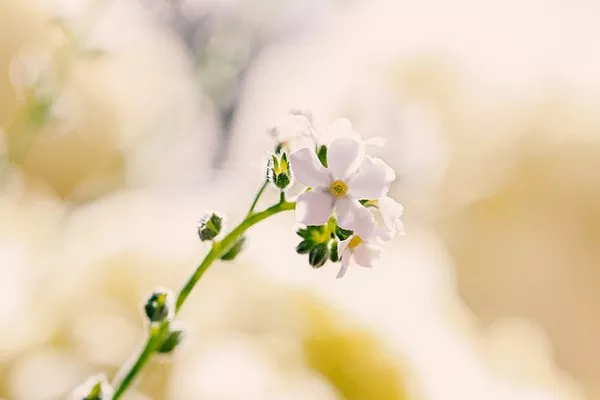The art of pressing flowers has been cherished for centuries, allowing us to capture the fleeting beauty of nature in a timeless form. However, preserving pressed flowers requires careful attention to detail to ensure they retain their vibrant colors and delicate shapes. In this comprehensive guide, we will explore the various methods and techniques for preserving pressed flowers, ensuring that your botanical creations remain a testament to nature’s splendor for years to come.
Choosing the Right Flowers
The first step in preserving pressed flowers is selecting the right specimens. Choose flowers at their peak bloom, avoiding those with blemishes or signs of decay. Ideally, pick flowers in the morning when their moisture content is lower, as this can facilitate the drying process.
Flowers with flat surfaces and thin petals, such as pansies, daisies, and violets, are excellent choices for pressing. However, feel free to experiment with different flowers to create a diverse and visually appealing collection.
Preparation and Pressing
Before preserving flowers, it’s crucial to prepare them properly. Trim excess foliage and remove any unwanted parts, such as stems and leaves. Place the flowers between absorbent paper, ensuring they are not touching, to prevent color bleeding.
Traditional pressing involves placing the prepared flowers between sheets of absorbent paper within the pages of a heavy book. Ensure the book is free from moisture, as dampness can lead to mold growth. Leave the flowers undisturbed for two to three weeks, occasionally changing the paper to aid in the drying process.
For those seeking a more efficient option, flower presses designed specifically for this purpose are available. These presses typically consist of wooden frames and layers of absorbent material, allowing for quicker and more uniform drying.
Preservation Techniques
Once your flowers are pressed, it’s time to explore various preservation techniques to maintain their integrity and visual appeal.
Lamination:
Laminating pressed flowers provides a protective layer that helps retain their color and shape. Use a laminating machine with low heat settings to prevent damaging the delicate flowers. Carefully place the pressed flowers between sheets of laminating film, leaving space between each flower. Trim excess film, leaving a small border around the flowers, and laminate according to the machine’s instructions.
Mod Podge Sealant:
Mod Podge, a popular crafting sealant, can be used to preserve pressed flowers effectively. Dilute the Mod Podge with water in a 2:1 ratio and use a soft brush to apply a thin, even coat over the flowers. Allow the flowers to dry completely before repeating the process. This technique not only preserves the flowers but also adds a glossy finish, enhancing their visual appeal.
Silica Gel Desiccant:
Silica gel is a desiccant that absorbs moisture rapidly, making it an excellent option for preserving pressed flowers. Place the flowers in an airtight container with a layer of silica gel, ensuring they are completely covered. Seal the container and leave it undisturbed for about a week. Gently remove the flowers, brushing off any remaining silica gel. This method is particularly effective for preserving the vibrant colors of delicate blooms.
Wax Paper and Iron:
A classic method of preservation involves using wax paper and a household iron. Place the pressed flowers between sheets of wax paper, ensuring they are spaced apart. Set the iron to a low heat setting and gently press it over the wax paper for a few seconds. This process transfers the wax onto the flowers, providing a protective coating. Exercise caution to avoid overheating and damaging the flowers.
Storage and Display
Proper storage is crucial for maintaining the longevity of pressed flowers. Store them in a cool, dry place away from direct sunlight to prevent fading. Consider framing your pressed flower creations to protect them from dust and physical damage while showcasing their beauty.
When framing, use acid-free matting and backing to prevent deterioration over time. Arrange the pressed flowers in an aesthetically pleasing manner, and secure them in place with acid-free tape. Choose a frame with UV-protective glass to shield the flowers from harmful sunlight.
Conclusion
Preserving pressed flowers is a delightful and rewarding endeavor that allows you to capture the essence of nature’s beauty. With careful selection, preparation, and preservation techniques, you can create a collection of pressed flowers that serves as a timeless reminder of the fleeting wonders found in the natural world. Whether you choose lamination, Mod Podge, silica gel, or the classic wax paper and iron method, the key is to approach the process with patience and attention to detail, ensuring that your pressed flowers stand the test of time.


